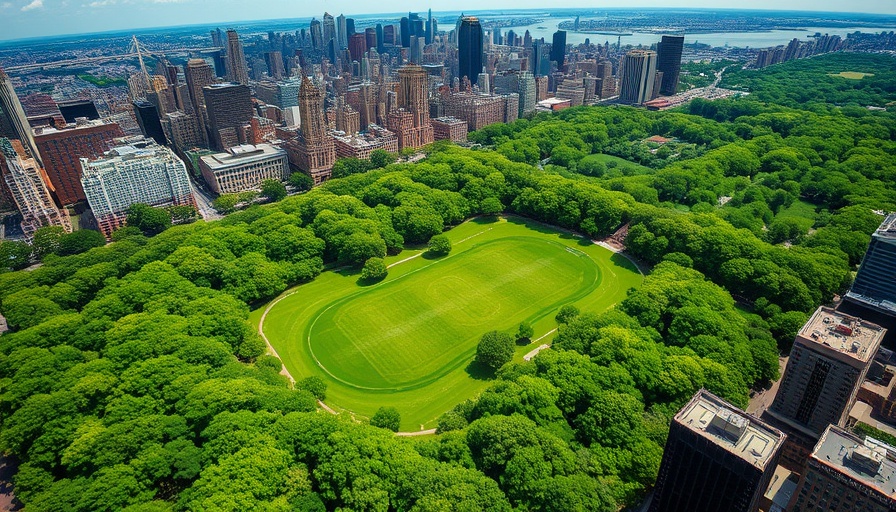
The Rich Legacy of Printmaking
Throughout history, printmaking has played an essential role in shaping our artistic and cultural landscapes. It is not merely about pressing ink on paper; it entails a deep-rooted journey of creativity reflecting the evolution of human thought and emotion. From the ancient woodcut techniques to the intricacies of etching, printmaking transcends mere aesthetics, impacting education, culture, and personal expression.
How Woodblocks Sparked A Revolution
The journey of printmaking began in East Asia around the 9th century with woodcuts. Wooden blocks meticulously carved with images allowed for the mass reproduction of various designs. With ink brushed onto the raised surfaces, these carvings could yield a plethora of prints in a timely manner, allowing ideas and art to circulate widely within society. This innovative technique fundamentally changed how knowledge was disseminated, transforming religious texts and literature into accessible forms of communication.
Engraving: A Leap Towards Complexity
By the 15th century, the growing yearning for intricate designs ushered in the era of engraving. With artists now working on metal plates, this medium permitted a more nuanced portrayal of textures and details. Engraving flourished during the Renaissance, fostering artistic talent and notable figures like Albrecht Dürer who popularized this technique. It facilitated the sharing of classical narratives and established a visual dialogue across different cultures and social classes.
Etching: The Playful Nature of Creativity
As the 16th century dawned, etching emerged as an even more innovative technique. This method utilized acid to carve designs rather than having artists physically engrave the plates. The emergence of etching allowed for a softer visual style and opened doors for artistic spontaneity. Artists like Rembrandt and Francisco Goya leveraged the flexibility of etching to push boundaries, crafting works of high art rather than simple reproductions. The tonal richness and contrast these artists achieved could resonate deeply with viewers, forever altering the landscape of print.
Printmaking: Bridging the Gap
Perhaps printmaking's most profound contribution lies in its ability to democratize art. No longer the reserve of the wealthy or religious institutions, artworks became available to merchants, artisans, and the general public. This accessibility heralded a new cultural era, allowing ordinary households to experience art in their spaces. Not only did it enhance personal space, but it also provided a sense of belonging to the rich tapestry of visual culture.
Printmaking's Role in Education
Beyond the realm of visual arts, printmaking significantly influenced education. As ideas gained tangible representation, books and images crafted through these techniques helped illuminate various subjects—from natural sciences to literature. In the wake of this transformative artistry, knowledge spread like wildfire, giving birth to an informed society far removed from the confines of illiteracy.
Contemporary Reflections
In today’s digital age, the essence of printmaking might seem diminished, yet its impact resonates. The aesthetics and methods of woodcuts and etchings continue to inspire modern artists and collectors alike. Artists meld traditional techniques with contemporary themes, maintaining relevance while nourishing the rich artistic heritage of printmaking. This legacy serves as a reminder of creativity's power to connect disparate cultures and ideas, a testament to the enduring nature of artistic expression.
Engagement with Print: A Personal Connection
For the target audience, engaging with art—particularly printmaking—invites a chance to reflect on personal expression. Observing prints in one’s home elicits not just admiration but also numerous interpretations bound by individual experiences. The dialogue between the viewer and the artist persists, fostering a renewed appreciation for creativity in everyday life.
Understanding the historical context of printmaking enables us to better appreciate our modern relationship with art. There’s immense value in recognizing the techniques that have shaped our world, showing us the evolution of creativity and expression through ages.
 Add Row
Add Row  Add
Add 



Write A Comment